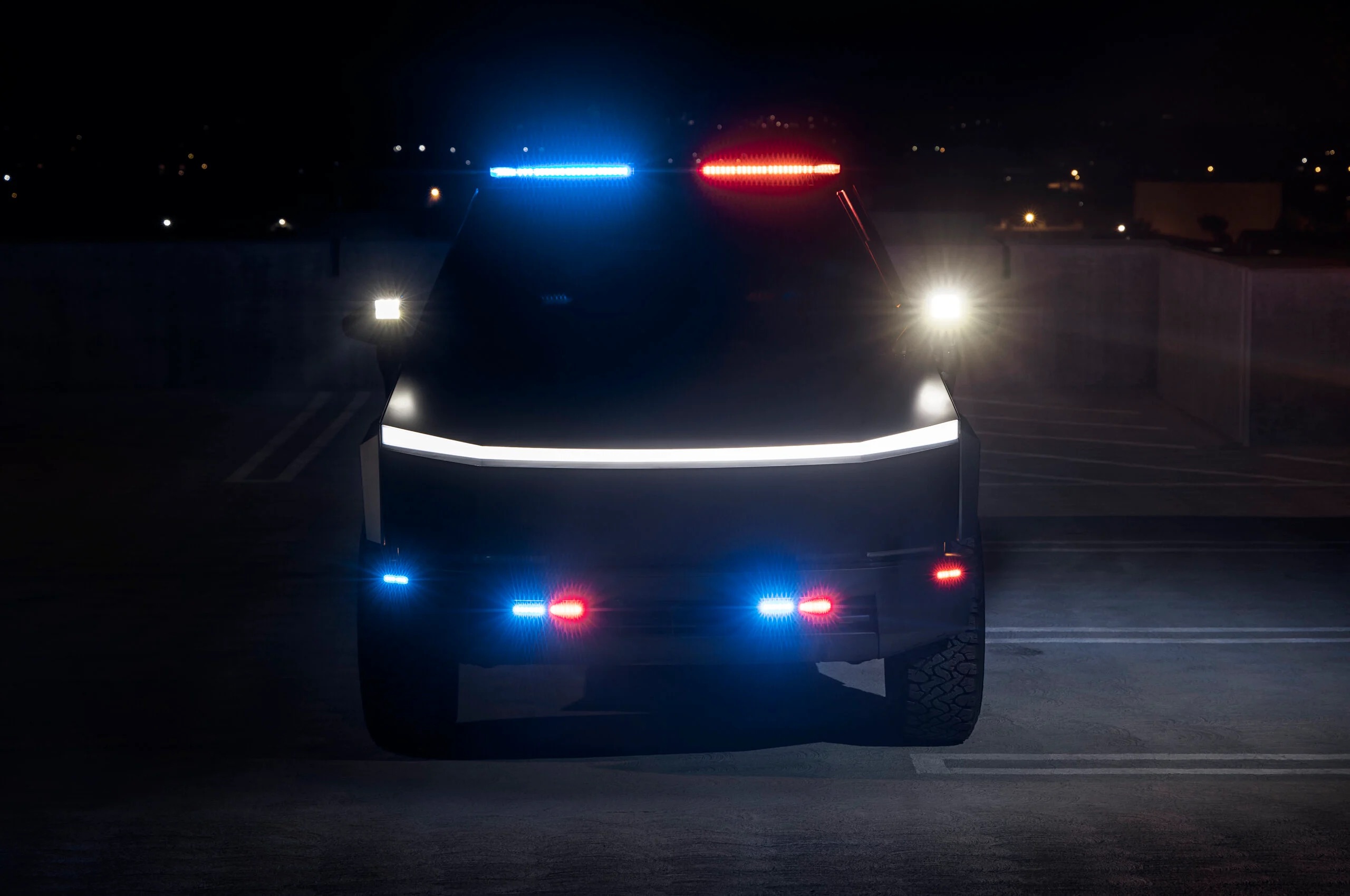
When I first heard that rental car companies of all sizes were going to start offering EVs, my first thought was, “That’s cool!” But, my second thought, based on hard-won experience, wasn’t all that different from what Trump recently said about EVs. People will love the first few minutes, but if rental car companies don’t make the effort to educate first-time renters about charging and range, the love will quickly fade and turn into anxiety.
Where Trump is obviously wrong is that this isn’t an incurable problem that can only be solved by burning gas. With increasingly rare exceptions, a little planning can make for smooth road trips. But, what’s required to make a solid plan will vary from vehicle to vehicle. Fortunately, rental car companies know exactly what car you’ll drive away with, and can help you get started.
There are several things that complicate any educational effort, though.
First off, there’s limited awareness of what EVs are like other than the one we early adopters own. For many of us, that’s a Tesla, and Teslas come with pretty decent navigation software. Not only can they plan trips, but they can also adapt the trip plan for things like terrain, temperature, weather, and the state of the charging network. But, someone needs to show the driver how to use the software real quick, at minimum. The best software around is useless if it doesn’t actually get used.
If you’re looking at renting a Tesla, the best thing to do is use the online trip planner ahead of time to set reasonable expectations. Then, use the vehicle’s trip planner so it can optimize and adapt to changing conditions for you. Seriously, just use it to avoid headaches, and learn more about traveling in a Tesla here.
For other brands of EV, it’s a mixed bag. Some third party software on car infotainment displays is pretty decent. For others, there are problems. For many, the software is downright awful and will strand you. Even worse, many EVs don’t come with built-in navigation software at all, leaving renters stuck with trying to get by using Google Maps or whatever they’re used to with their gas vehicle at home.
I can’t cover every EV’s built-in software in this article, so I’m going to assume that the car itself has nothing. Why? Because some really don’t, and others might as well have nothing, because poor navigation systems are bad enough to get you stranded. Instead, I’m going to recommend you use your smartphone to do the navigating and use known trip planning software that I can personally vouch for.
You’ll want to follow the steps in this article before you select your rental car, because not all cars are suitable for every road trip. It’s better to figure this out ahead of time instead of when you’re out on the road.
Apps You Should Install
The first app I’ll recommend is called Plugshare. You can search for it in your favorite app store (Apple here, Google Play here), or you can use it on your computer at Plugshare.com. It’s a pretty simple app to use, but you have to make sure to tell it what kind of vehicle you’re renting, because not all EVs use the same plugs. It gives you a map of charging stations.
Teslas use Superchargers for fast charging (10-60 minutes) and Tesla destination chargers for slow charging (at home, at a hotel, or at other places you’re going to spend a lot of time at). They can also access CCS plugs for fast charging or J-1772 plugs for slow charging if you have the adapters for those. Check with your rental car company to see what they provide.
Most other vehicles use CCS plugs for fast charging, and J-1772 plugs by default. But, starting next year many vehicles will be able to use Tesla Supercharger stations with an adapter, and some 2025 vehicles will have Tesla’s NACS plug built-in from the factory.
Finally, if you’re really unlucky and you tried to rent a Nissan LEAF for a road trip, you’ll probably want to return it and rent something else. But, if you’re super determined to do so LEAFs use the dying CHAdeMO fast charging plugs and J-1772 for slow charging. Once again, I can’t recommend those for road trips, but if you’re super stubborn or don’t believe me, good luck!
The next thing you’ll want on your phone is a trip planning app. You absolutely cannot just take the car’s rated range and plan for the next station to be within that range. Cold or hot weather, extra weight, hills, and just going highway speeds make EVs not get the EPA rated range on trips, and you’ll get stranded. You need software to calculate all of these factors in and help you plan your trip.
If you want something super simple, I’d recommend trying the Chargeway app out. But, be careful to pay attention to the details with Chargeway. It will give you a plan that works, but if you don’t set the temperature and speed correctly, it could give you an unrealistic plan that the vehicle can’t actually achieve. Also, keep in mind that it could route you through slow charging stations if there aren’t fast ones available, and it doesn’t tell you whether the stations are working right now. You’ll need to double-check the map it comes up with and check it against Plugshare to make sure the stations are working.
If you’re not afraid of needing to provide more information, you could also try out A Better Routeplanner. It gives you a lot more control over your trip planning, but with control comes a little bit more of a learning curve. ABRP also gathers some information from charging networks about the state of chargers, but you’ll still want to check this against both Plugshare’s map and the different charging providers’ apps.
Personally, I use both of the above apps. It’s not a bad idea to check both when planning long trips to see if they disagree, and go with the one that’s recommending more charging stops.
Finally, you’ll want to get accounts set up with charging networks. Many EV charging stations have a credit card reader, but you’ll miss out on things like live updates, discounts, and more control over your charging. It’s also easier to get help when things go wrong. So, once you’ve got a plan together, you’ll want to see what companies run the chargers along your route, and get their apps installed on your phone and set up ahead of time.
If you’re going to use something other than Tesla Superchargers, here are the networks I’d recommend getting on your phone and set up with an account regardless of your trip plans:
If you read this in 2024 or later, you’ll probably want to also look and see if any major retailers have their own charging networks started. Walmart has such plans, and it seems likely that others may have their own apps by then.

Rental Car Companies Should Be Sharing This Information
It shouldn’t be hard to set up a webpage, an automated e-mail, and a pamphlet with all of this information. The pamphlet should be given to every customer, and left in every glovebox and center console, and should have QR codes for every app. This would make things a lot easier for drivers, who could get started a lot easier.
The rental car companies should also consider having operators standing by, ready to help customers who need help during trips, and people working the counters at airports and other locations shouldn’t be afraid to offer to help people plan trips. 2 minutes with a customer could make a huge difference.
Myself and other people at CleanTechnica are available to help any rental car company which would like help with an educational and training program. I’m on X/Twitter, and DMs are open.
Featured image: The Plugshare app running on a tablet. Image by Jennifer Sensiba.
I don’t like paywalls. You don’t like paywalls. Who likes paywalls? Here at CleanTechnica, we implemented a limited paywall for a while, but it always felt wrong — and it was always tough to decide what we should put behind there. In theory, your most exclusive and best content goes behind a paywall. But then fewer people read it! We just don’t like paywalls, and so we’ve decided to ditch ours. Unfortunately, the media business is still a tough, cut-throat business with tiny margins. It’s a never-ending Olympic challenge to stay above water or even perhaps — gasp — grow. So …



